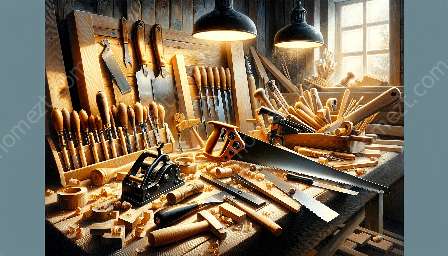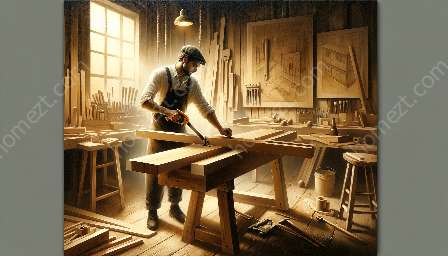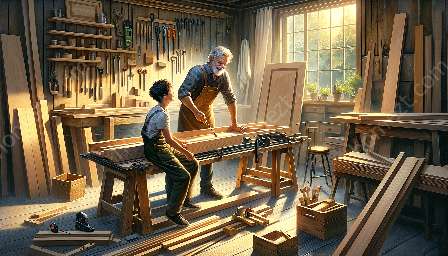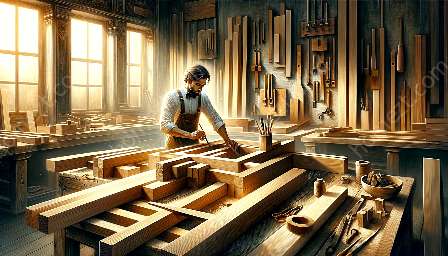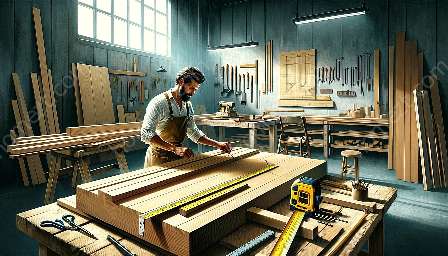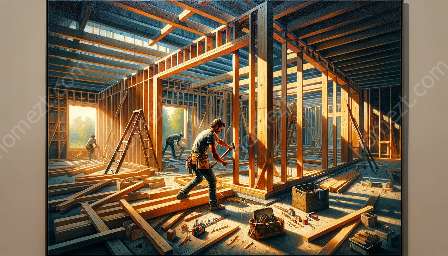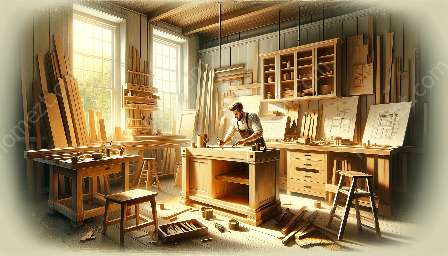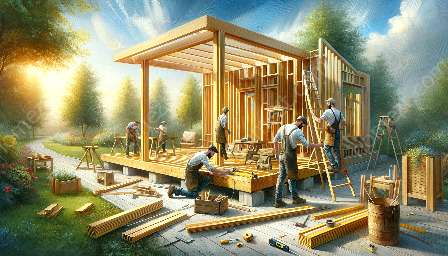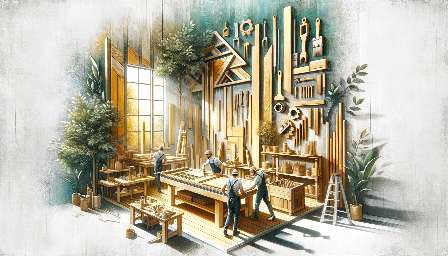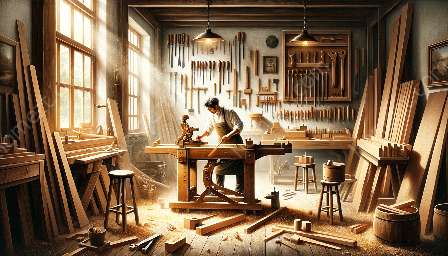Carpentry fasteners are an essential component of woodworking and domestic services, as they play a crucial role in securing and fastening various materials to create durable and aesthetically pleasing structures. Whether you are a DIY enthusiast or a professional carpenter, understanding the types and uses of fasteners can greatly enhance the quality and longevity of your carpentry projects.
Types of Carpentry Fasteners
There is a wide array of fasteners used in carpentry, each designed for specific applications based on the materials being joined and the load-bearing requirements. Some of the most common types of fasteners include:
- Nails: Nails are one of the oldest and most widely used fasteners in carpentry. They come in various sizes and materials, such as steel and galvanized for outdoor applications.
- Screws: Screws offer greater holding power and are ideal for securing heavy loads or materials that require frequent disassembly. They come in different head types, such as flat, round, and pan, and various drive styles, including Phillips, slotted, and hex.
- Bolts and Nuts: Bolts, paired with nuts, are commonly used for joining heavy structural components where high strength and stability are required.
- Adhesives: While not traditional fasteners, adhesives play a significant role in modern carpentry, offering strong and durable bonds for various materials.
- Brackets and Plates: These metal components are used to reinforce joints and provide additional strength to the overall structure.
Uses of Carpentry Fasteners
Carpentry fasteners are employed in a wide range of applications, from basic woodworking to intricate carpentry projects. Some common uses of fasteners include:
- Fastening structural framing components, such as studs, joists, and rafters in house construction.
- Attaching hardware and fixtures, such as hinges, handles, and locks to wooden doors and cabinets.
- Joining various wooden components, such as panels, shelves, and boards in furniture making.
- Securing outdoor structures, like decks, fences, and pergolas by using weather-resistant fasteners.
- Installing trim and moldings to enhance the aesthetic appeal and finish of woodworking projects.
Best Practices for Using Carpentry Fasteners
Successful carpentry projects rely on the proper selection and installation of fasteners. Here are some best practices to ensure the effectiveness of carpentry fasteners:
- Choose the right fastener for the specific woodworking application, considering factors such as material type, load requirements, and environmental conditions.
- Pre-drill pilot holes when using fasteners near the edges of the material to prevent splitting and ensure accurate placement.
- Use the appropriate tools, such as nail guns, drills, and screwdrivers, to ensure the fasteners are installed securely and accurately.
- Consider the finishing requirements and choose fasteners that complement the overall aesthetics of the woodworking project.
- Follow manufacturer guidelines and industry standards to ensure the structural integrity and longevity of the fastened components.
By understanding the types, uses, and best practices for carpentry fasteners, you can elevate the quality and durability of your woodworking and domestic service projects. Whether you are working on a simple repair or a complex construction endeavor, the right selection and application of fasteners will greatly contribute to the success and longevity of your carpentry projects.

